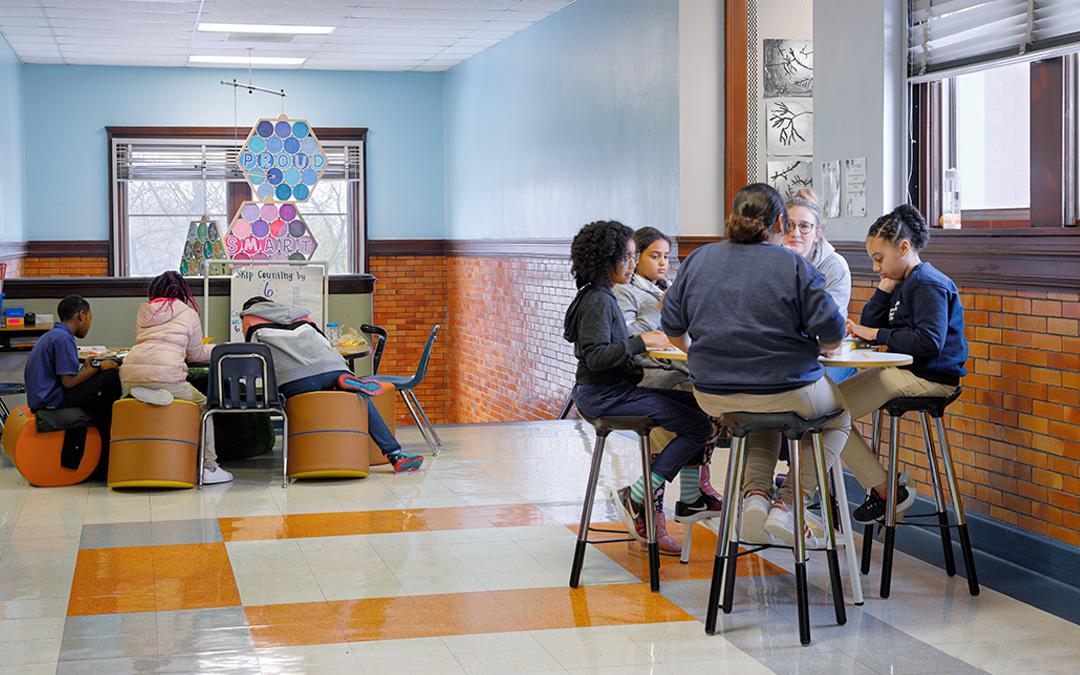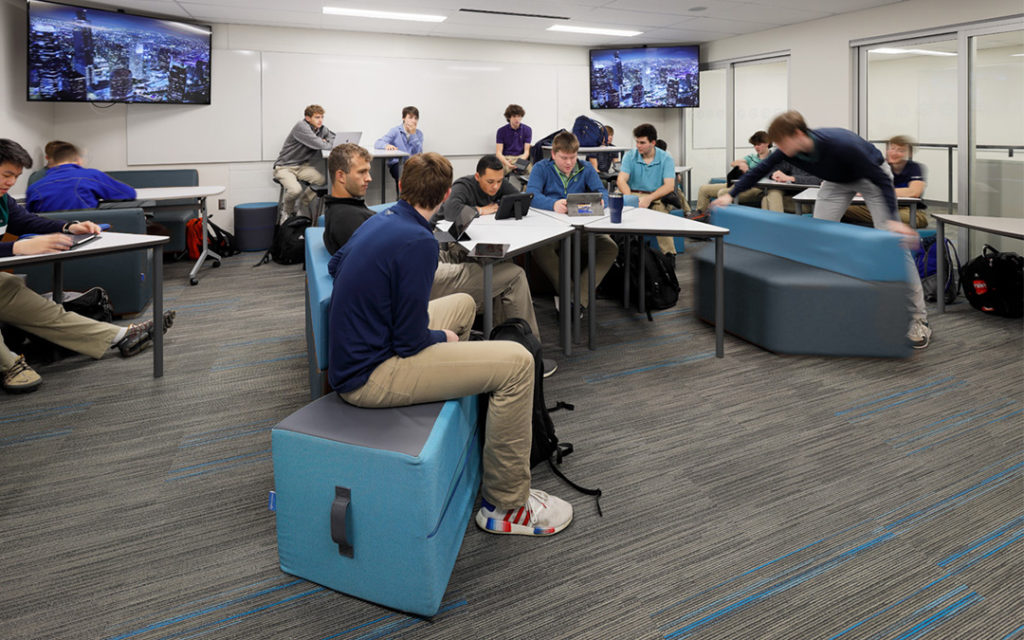“Everybody’s a genius. But if you judge a fish based on its ability to climb a tree, it will spend its entire life thinking it is stupid.”
– Albert Einstein
Considering everything that has happened in our world over the last couple of years, meeting learner needs is paramount now more than ever. With Social and Emotional Learning (SEL) curriculum, and educators working overtime to ensure that they are creating safe spaces, differentiated classrooms are essential.
What is a Differentiated Classroom?
A differentiated classroom looks and feels, well, different. Learners are agents of their discovery; reaching understanding through activities like RAFTS, STARs, FIVES, choice boards, and Essais. The educator ensures learner success by relinquishing control and guiding learners on the path of knowledge acquisition. While differentiating instruction is done by product, process, and content, differentiating the environment is done by place, space, interest, readiness, and time (Tomlinson).
I always started the year by giving learners a quick Multiple Intelligences assessment and an Interest Inventory. Discovering how my high schoolers learned best helped me set the pace and guide them for the rest of the year. This also helped me to create activities and groups that met their needs individually and respectfully.

How to Differentiate a Space
When differentiating the environment, it’s important to provide spaces that reflect a learner’s profile. Differentiated environments pay attention to meeting the needs of all learners and providing movement. “In essence, any classroom activity that employs movement increases the probability that students will have a positive response to the question “How do I feel?”’(Marzano). Paying attention to how a learner feels in the environment is also a critical component to engagement and learner success in the differentiated classroom.
At its fundamental core, differentiation means that every learner gets what he or she needs, respectful to their learning styles. A differentiated environment must offer various places for different activities. This includes a place to stand and work, to lounge and read, to spread out and collaborate and every space in-between. When these are put together, it creates a holistic space for discussion, research, and demonstrating mastery.
“The learning environment needs to be orchestrated so that “the student is given both choice and responsibility around learning”
– Paula Rutherford, Meeting the Needs of Diverse Learners
Every learner is unique. Therefore, the environment should reflect unique ways in which learners gain knowledge and work to achieve understanding. When teaching the whole child, it’s important that differentiated classrooms speak to equity, inclusion, and agency. These characteristics are essential to learner success and engagement.
Katelyn Forcucci, MEd, EdS
Director of Education
Want to know how you can create a differentiated classroom? Start a conversation with Katelyn.
References
- Marzano, R. J., Pickering, D., & Heflebower, T. (2013). The highly engaged classroom. No Publisher.
- Rutherford, P. (2010). Meeting the needs of diverse learners. Just Ask Publications & Professional Development.
- Tomlinson, C. A. (2016). The differentiated classroom: Responding to the needs of all learners. Published by Pearson Education, Inc., by special arrangement with the Association for Supervision and Curriculum Developement (ASCD).
- Tucker, C. R., Wycoff, T., & Green, J. T. (2017). Blended learning in action: A practical guide toward sustainable change. Corwin, a SAGE Company.

